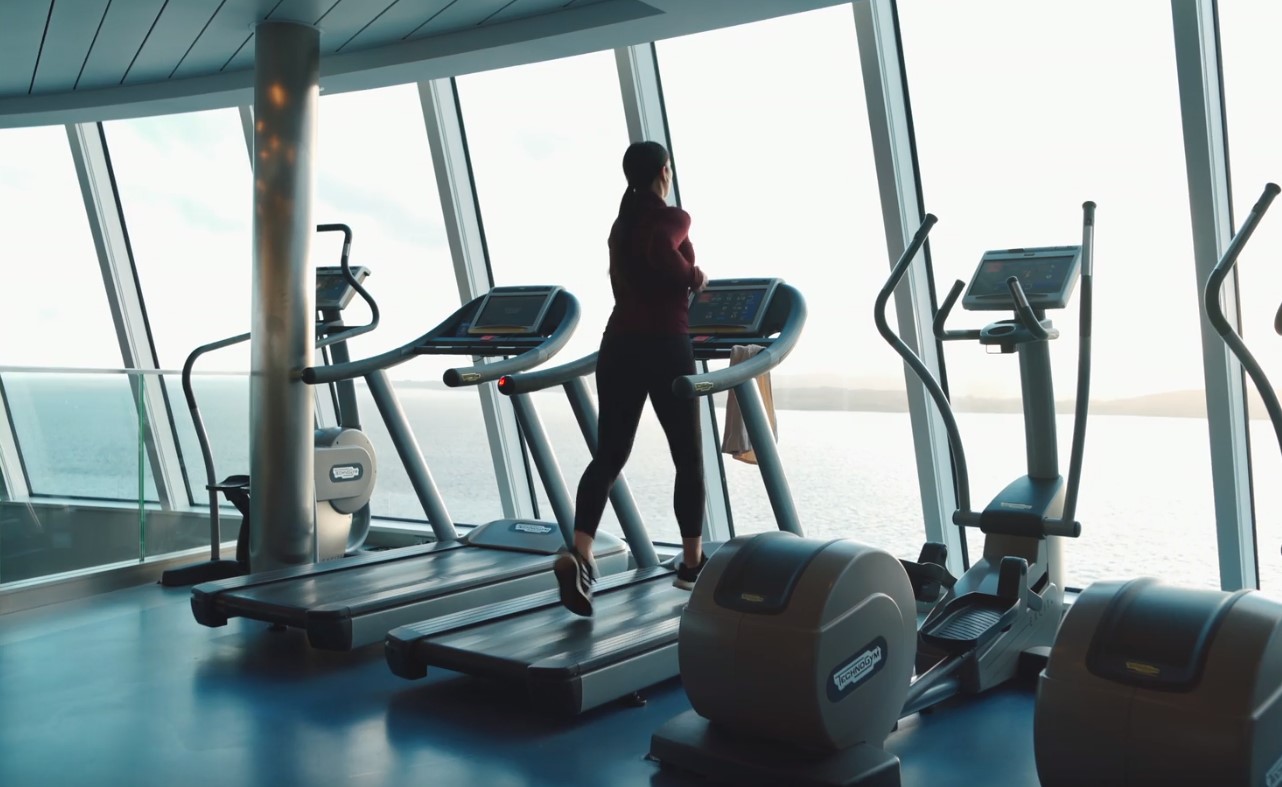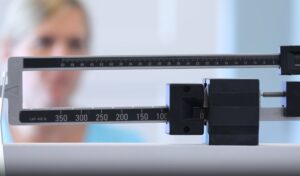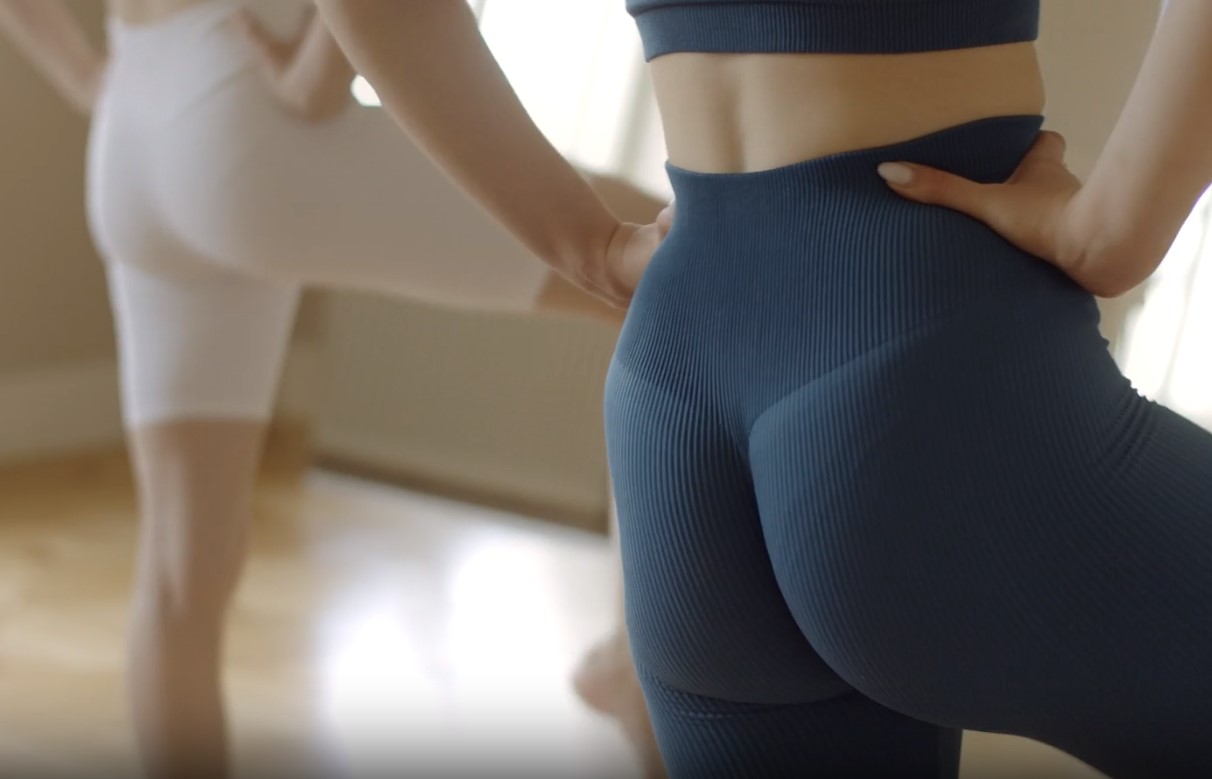As a fitness expert dedicated to helping others, I’ve often been approached with questions about how to develop thicker, stronger thighs. While there are individual aspects that could interfere with the process, anyone can use some proven methods that will surely lead to results. I will share these methods in the following sections.
Strength Training for Legs
To build thicker thighs, your workout regimen must prioritize strength training for legs. This involves exercises like squats, deadlifts, and leg presses that target your quads and hamstrings.
These exercises are fundamental because they engage multiple muscle groups in your lower body, leading to increased muscle mass and thickness in your thighs. For me, incorporating heavy weights with lower reps has been particularly effective in stimulating muscle hypertrophy.
Instructions
- Warm-Up: Begin with a 5-10 minute warm-up, focusing on dynamic stretches to prepare your leg muscles.
- Squat Form: Stand with feet shoulder-width apart, toes slightly outward. Keep your chest up and spine neutral as you bend your knees and hips to lower down, as if sitting in a chair. Aim to get your thighs parallel to the floor.
- Select the Right Weight: Start with a weight that allows you to perform 8-12 reps while maintaining good form. As you progress, gradually increase the weight.
- Frequency: Include squats in your routine 2-3 times a week, allowing for rest days in between for muscle recovery.
Cardio Exercises

While cardio is often associated with weight loss, it’s also crucial for overall leg health and can complement your strength training. Activities like running or cycling help in maintaining a lean structure, ensuring the muscle you build is visible and well-defined.
However, it’s important to balance cardio with strength exercises, as excessive cardio might hamper muscle growth in the thighs.
How Genetics Can Impact Thigh Size?
Genetics is a crucial factor in shaping our bodies, including the size and muscle distribution in our thighs. It’s a key aspect often overlooked in the journey towards achieving thicker thighs. Here’s a deeper look into how genetics influences this aspect of our physique:
- Muscle Fiber Composition: Our genes determine the type and distribution of muscle fibers in our bodies. Some people naturally have a higher proportion of fast-twitch fibers in their thigh muscles, making them more predisposed to muscle growth in this area.
- Body Fat Distribution: Genetics also plays a role in where your body tends to store fat. This can affect the overall appearance of your thighs, regardless of muscle mass.
- Recognize Individual Differences: Understanding that genetics plays a role can help set realistic and healthy goals for thigh development. It’s important to acknowledge that not everyone can achieve the same thigh size or shape, and that’s perfectly okay.
How to Deal With This?
- Targeted Training: If you’re genetically predisposed to having less muscle mass in your thighs, you might need to focus more on strength training and targeted exercises to see changes.
- Long-Term Commitment: Remember, changes won’t happen overnight. It requires consistent effort over time, and even then, your progress might look different from someone else’s due to your unique genetic makeup.
Why Nutrition is Essential?

Nutrition is key to muscle growth. A diet rich in protein is essential as it aids in muscle repair and growth post-exercise. Personally, I focus on lean proteins like chicken, fish, and legumes. Combining this diet with a regular workout routine can lead to noticeable changes in thigh size within 4 to 6 weeks.
- Protein’s Role: Protein is vital for muscle repair and growth. It provides the building blocks (amino acids) needed for muscle hypertrophy.
- Recommended Intake: Aim for about 1.6-2.2 grams of protein per kilogram of body weight daily. This intake should be adjusted according to your activity level and overall fitness goals.
Best Protein Sources
- Animal Proteins: Lean meats like chicken, turkey, and lean cuts of beef are excellent sources. Fish, particularly fatty fish like salmon, provides not only high-quality protein but also omega-3 fatty acids beneficial for muscle recovery and overall health.
- Plant-Based Proteins: For those who prefer plant-based diets, options like lentils, chickpeas, black beans, and tofu are great. These are not only rich in protein but also fiber and essential nutrients.
- Dairy and Eggs: Low-fat dairy products like Greek yogurt, cottage cheese, and eggs are excellent protein sources that can easily be included in various meals.
Schedule Your Meals
- Pre-Workout Nutrition: Consume a balanced meal of carbs and protein about 2-3 hours before your workout. This will ensure you have enough energy for your training session.
- Post-Workout Nutrition: After your workout, eat a meal rich in protein and some carbs within 45 minutes to an hour. This helps in muscle recovery and growth.
Supplements
- Protein Supplements: If you find it challenging to meet your protein needs through food alone, consider supplements like whey or plant-based protein powders.
- BCAAs: Branched-chain amino acids (BCAAs) can be beneficial for muscle recovery, especially if you’re engaging in intense training.
What Are the Best Targeted Exercises for Thicker Thighs?
To achieve thicker thighs, it’s imperative to incorporate exercises that specifically target the thigh muscles. Here’s a detailed guide on the best exercises, including lunges, leg curls, hip extensions, and additional movements focusing on the gluteus maximus, all of which synergistically contribute to building thicker thighs.
Lunges
- Types of Lunges: Standard lunges, walking lunges, and side lunges. Each variation targets slightly different muscle groups within the thighs.
- Execution: Step forward with one leg, lowering your hips until both knees are bent at about a 90-degree angle. Make sure your front knee is directly above your ankle, and your other knee doesn’t touch the floor. Keep your upper body straight and your shoulders relaxed.
- Sets and Reps: Aim for 3 sets of 10-15 reps on each leg.
Leg Curls
- Machine Leg Curls: Use the leg curl machine to target your hamstrings effectively. Lying face down, curl the weight towards your buttocks, ensuring a controlled movement.
- Alternative: If you don’t have access to a machine, use a stability ball or resistance bands to perform hamstring curls.
- Sets and Reps: Perform 3 sets of 12-15 reps.
Hip Extensions
- Method: Can be performed on a machine or with resistance bands. Standing hip extensions also target the glutes and hamstrings.
- Execution: Ensure a controlled movement, focusing on using your thigh and glute muscles to extend the hip.
- Sets and Reps: Aim for 3 sets of 10-15 reps per leg.
Focus on the Gluteus Maximus
- Exercises: Include exercises like squats, deadlifts, and hip thrusts. These exercises, while targeting the glutes, also work the thighs intensively.
- Hip Thrusts: A key exercise for the gluteus maximus, hip thrusts also engage your thighs. Sit on the ground with a bench behind you, and roll a barbell over your legs. Lean back against the bench so that your shoulder blades are near the top of it, and drive your hips up, engaging your glutes and thighs.
- Sets and Reps for Hip Thrusts: Perform 3 sets of 8-12 reps.
Track Your Progress

When working towards thicker thighs, it’s crucial to track your progress in a realistic and healthy manner. Here, I’ll expand on how to measure success beyond just thigh size, emphasizing the importance of strength, muscle tone, and overall well-being.
Average Thigh Circumference
- Variability in Size: While the average thigh circumference might be around 20 inches, it’s essential to recognize the significant variation depending on factors like genetics, body type, and individual fitness levels.
- Personal Baseline: Measure your thighs at the start of your fitness journey to establish a baseline. This will help you track physical changes over time.
Evaluate Muscle Strength and Tone
- Strength Gains: Keep a record of the weights you use in exercises like squats and lunges. Increasing strength is a clear indicator of muscle growth and development.
- Muscle Tone: Look for changes in the firmness and definition of your thigh muscles. This can be a more accurate measure of progress than size alone.
Monitor Functional Improvements
- Performance Metrics: Pay attention to improvements in your functional fitness. Are you able to perform daily activities with more ease? Do you notice enhanced endurance or stability in your legs?
- Exercise Endurance: Track how your endurance improves over time. Being able to perform more reps or sustain longer workout sessions is a sign of progress.
Focus on Overall Well-Being
- Body Awareness: Notice how your body feels. An increase in energy levels, reduced fatigue, and a sense of well-being are significant indicators of progress.
- Body Confidence: How you feel in your body is as important as physical measurements. Building confidence and a positive body image is a crucial aspect of your fitness journey.
Use Visual Records
- Photographic Evidence: Take regular photos of your thighs to visually document changes. This can be incredibly motivating and provide a more tangible way to see progress.
- Consistency in Tracking: Regularly update your measurements, strength records, and photos to maintain a clear view of your progress.
Set Realistic Expectations
- Individual Goals: Remember that progress is personal. Set realistic goals based on your body type and fitness level.
- Patience is Key: Understand that changes take time and consistency. Don’t get discouraged by short-term fluctuations.
FAQs

What causes skinny legs?
Skinny legs can be due to a number of factors, such as genetics, lack of leg strength, doing too much cardio, or having a medical condition like lipedema. To get rid of skinny legs, you need to train your legs more frequently, lift challenging weights, avoid doing too much cardio, and eat more food.
Is cellulite a fat?
Cellulite is not a type of fat, but a cosmetic condition that occurs when fat pushes against the connective tissue beneath the skin, creating a lumpy or dimpled appearance. Cellulite is more common in women than in men, and it can affect the thighs, hips, buttocks, and abdomen. Cellulite can be improved by weight loss, exercise, and some treatments or therapies.
How to choose the right protein powder?
The best protein powder for you depends on your goals, preferences, and dietary restrictions. Some of the most common types of protein powders are whey, casein, soy, pea, and hemp. When choosing a protein powder, you should look for the protein content, the amino acid profile, the ingredients list, the quality and safety, and the cost.
How often should I have the rest day?
The frequency of rest days depends on your fitness level and exercise intensity. Experts generally recommend taking 1 to 3 rest days per week, or as needed to help your body and mind recover. Some signs that you need a rest day are extreme muscle soreness, fatigue, hitting a plateau, or feeling moody or depressed.
The Bottom Line
Achieving thicker thighs is a combination of targeted exercise, proper nutrition, and understanding your body’s unique needs. Also, you can combine other types of workouts with it to achieve even bigger results. For example, to get both a curvier booty and thicker thighs.
Remember, it’s a journey that requires patience, consistency, and self-awareness. Embrace your fitness journey with determination and positivity, and you’ll see the results you’re aiming for.













